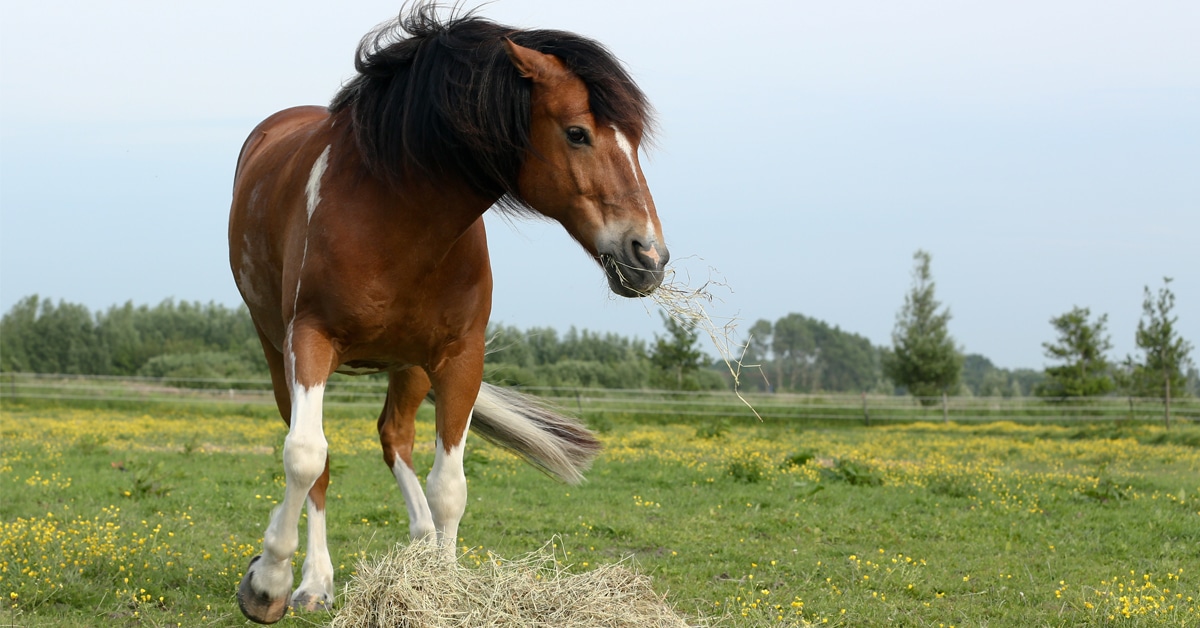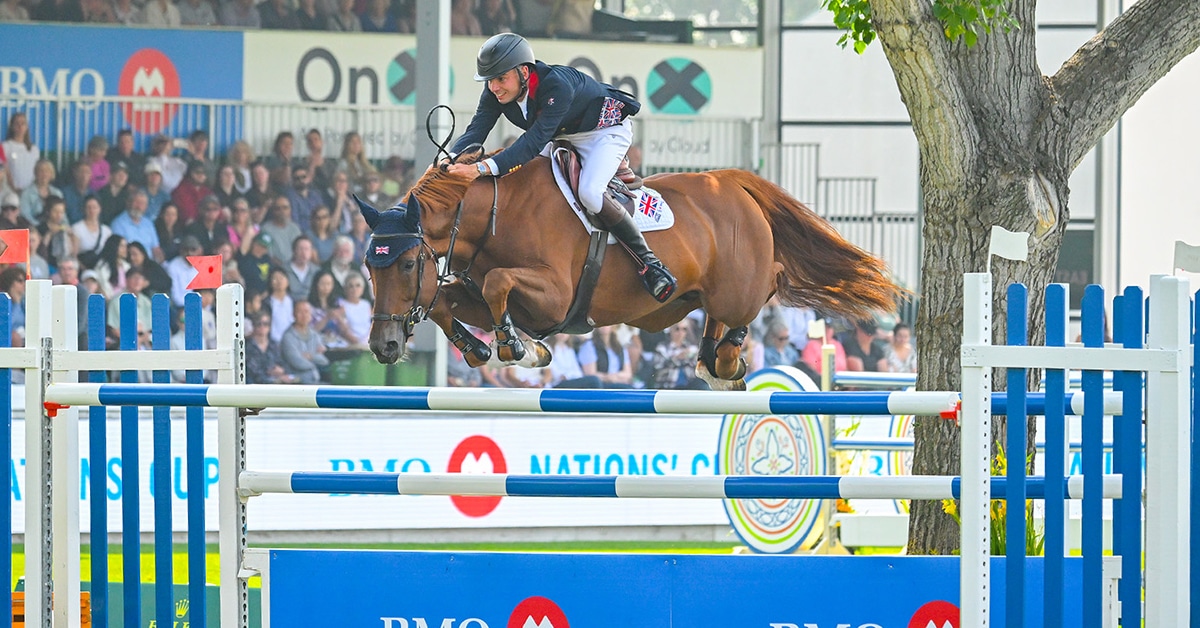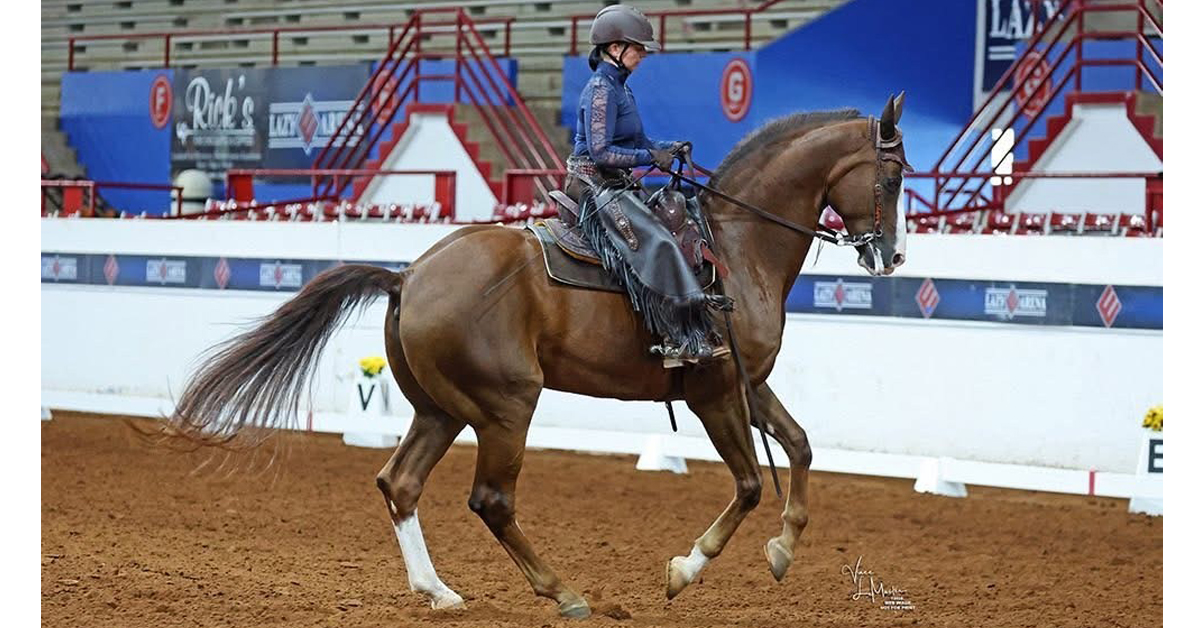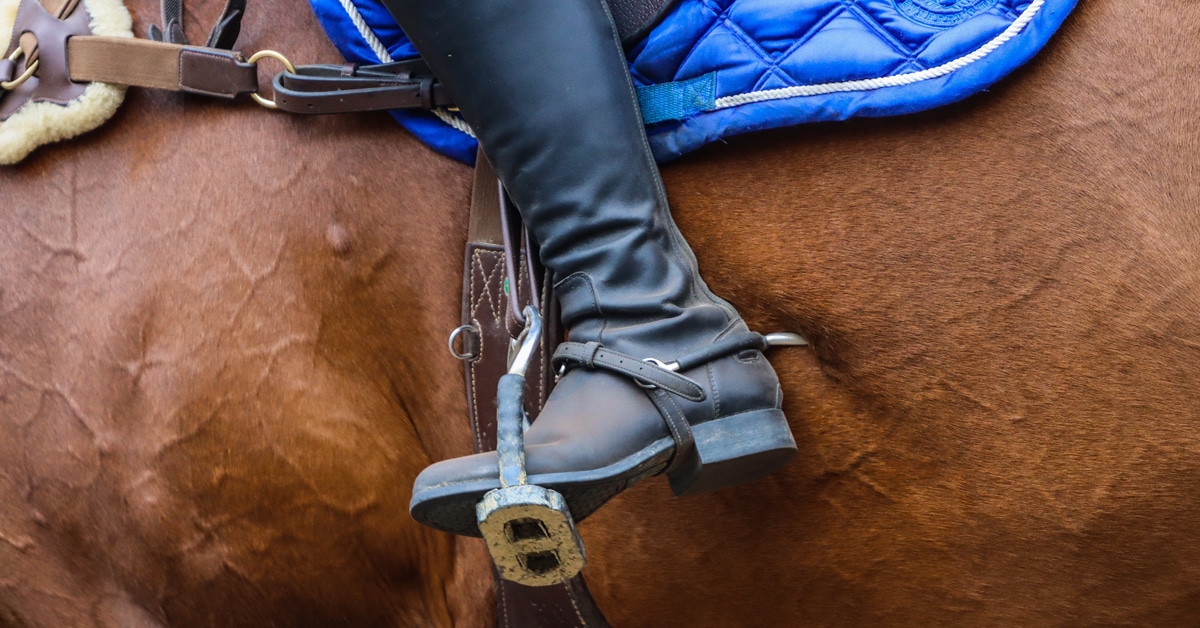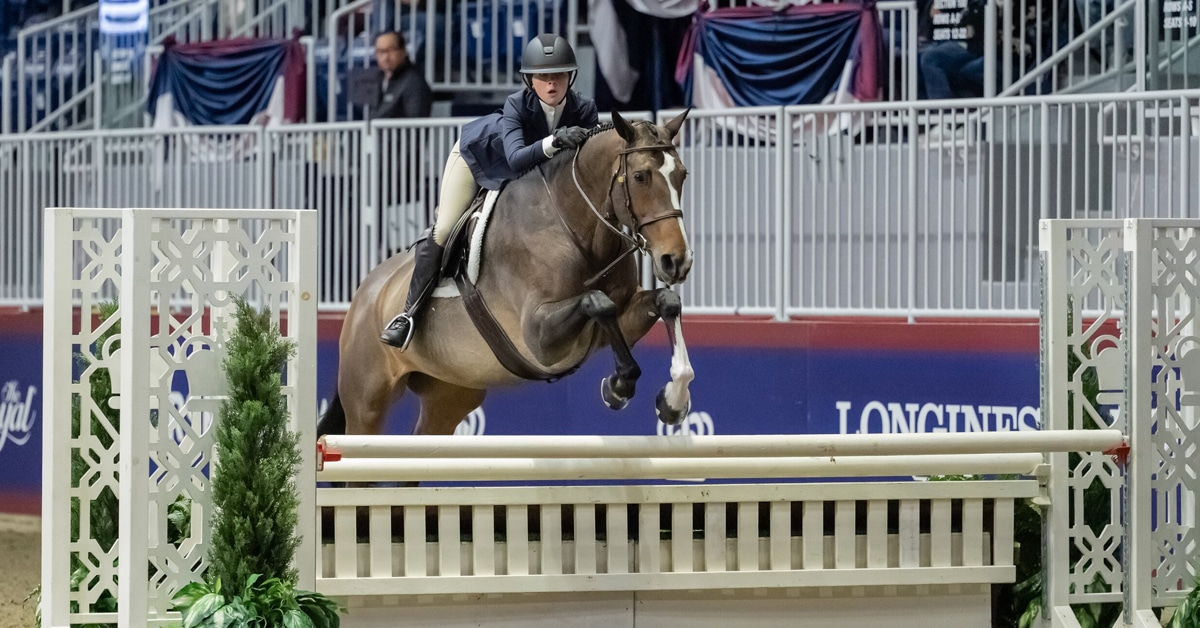Gastric ulcers in mature horses result from an imbalance between the acidic contents of the stomach with the protective mucous layers. Their presence can result in colic, weight loss, and general abdominal discomfort that can affect performance.
Gastric ulcers can affect upwards of 80 per cent of racehorses, and more than 50 per cent of competition and even pleasure horses. One study showed that a typical horse show schedule which included four hours of trailering, horses housed in stalls for four days, fed and exercised twice per day, then trailered home another four hours resulted in increased ulcer scores.
The equine stomach can be divided simply into two sections: the glandular region and the non-glandular squamous region, which are separated by the margo plicatus. The glandular region makes up about two-thirds of the stomach and contains glands that produce and secrete hydrochloric acid and the enzyme pepsin, as well as protective mucus and bicarbonate. The mucus and bicarbonate function to protect this region from the hydrochloric acid which is produced continuously in the horse’s gut. As a result, the pH (level of acidity, the lower the more acidic) in this region tends to be between 1.5 – 4.0 (with neutrality at 7.4), depending on the stomach contents. This acidity does not typically damage the stomach lining because of the protective mucous. The non-glandular region is covered with tissue that does not produce acids, but also does not produce protective mucous. In this region, the pH tends to be closer to neutrality at 6.0 – 7.0.
Gastric ulcers are most common in the non-glandular squamous area (particularly close to the margo plicatus), and are caused when destructive hydrochloric acid, pepsin or other acids come in contact with this poorly-protected region. The severity of these ulcers is a direct result of the extent of the exposure to acids. These ulcers are referred to as equine squamous gastric disease (ESGD). Gastric ulcers can also occur in the lower glandular area as a result of a disruption of the normal protective mechanisms of the mucosa, usually due to an alteration of bicarbonate production and blood flow. These ulcers are referred to as equine glandular gastric disease (EGGD).
Gastric ulcers in the non-glandular squamous region occur when the acidic contents from the “lower” glandular region are pushed upwards into this region. This can occur during exercise, when abdominal muscles are contracted and pressure is put on the stomach, ultimately “squeezing” the acid higher into the stomach to the poorly-protected areas. Intensive exercise training may also affect blood flow to the gut, as well affecting gastric emptying, which might be additive factors towards ulcer development. In fact, research shows that the higher the intensity of exercise, the higher the risk of ulcer development.
The extent of the acidity of the gut content can also influence the extent of damage that can be done, and this can be influenced by the stomach contents. A horse that hasn’t had food continuously will have a lower stomach pH because the gastric acid is produced at all times. In fact, a fasting protocol is used to induce ulcers for research.
Feed within the stomach contents can have a buffering effect to some degree. When horses eat, they produce saliva that contains significant amounts of bicarbonate, which is a buffer. Similarly, the feed itself may act as a buffer simply by mixing with and diluting the acids. However, a small population of microbial organisms in the stomach may ferment feeds high in starch and sugar to produce acids (volatile fatty acids), which could contribute to the acidity within the gut. In contrast, long-stem forages require extensive chewing (and more bicarbonate-rich saliva production), and can create a floating “mat” above the liquid acid that can be protective. Further, feeds rich in calcium, such as alfalfa hay, may provide additional buffering, similar to antacids for people.
Ulcers within the glandular region are more poorly understood, but result from a failure of the protective mechanisms against the acidic content of the stomach. It is widely believed that long-term non-steroidal anti-inflammatory (NSAID) medications such as Bute contribute to the development of ulcers, although their effects are not consistent in research.
Nutrition can play a role in both the management and prevention of gastric ulcers. Offering long-stem forages, ideally with some alfalfa mixed in, will provide buffering agents, both through the calcium and the added bicarbonate from saliva. Ideally, competitive horses should have hay in front of them at all times. This is potentially a reason why the incidence of ulcers is higher in racehorses, where forage feeding is often restricted due to its bulk and weight, which is less desirable for these horses. For competition horses, while excessive weight-carrying can likely affect performance, the effect is not as direct as with racing.
Providing free-choice forage may also be beneficial in terms of performance by providing a steady stream of “cool calories” via fermentation of forage’s fibre in the horse’s hindgut. Competitive horses should also be fed some cereal grains or commercial mixes as sources of starch (digested to glucose) for muscle glycogen storage. However, as these feeds could also contribute to acid production in the stomach, these types of meals should be small (ideally less than 1 kg per meal) and spaced out throughout several meals per day. Small amounts of “chaff” (chopped hay) mixed in with grain meals may also be considered. Grain meals should be fed no less than four hours prior to competition, in part to avoid riding during active digestion and metabolic processes, and also to ensure the pH in the stomach is as high (neutral) as possible. Feeding beet pulp is associated with a lower risk of glandular ulcers and may be worthy to include in feeding practices. Vegetable oil is an effective calorie source for horses and may also help decrease the risk of ulcers. It has also been suggested that electrolytes should be mixed with horse feeds, rather than administered as pastes. Many studies that induce ulcers for research cure their horses by putting them out at pasture, which is recommended between competitions.
There has been interest in several nutraceuticals available as supplements that may play a role in managing and/or preventing gastric ulcers in horses. There have not been any reports of a supplement or ingredient curing ulcers, nor 100 per cent prevention when induction methods are used. However, small improvements or decreased severity has been reported. Ingredients that have been tested with varying success include pectin-lecithin complexes, salts of organic acids, and sea buckhorn berries. Yeasts are also purported to support a healthy microbial population. In general, these ingredients will likely not hurt, and may in fact promote a healthier gut, although perhaps to some detriment to your wallet!
Gastric ulcers remain a problem for most athletic horses, and the challenge for trainers and competitors is to find a balance between good nutrition and sound management, including turnout, to decrease their severity. Working closely with your veterinarian to diagnose and treat ulcers is vital, while your nutritionist can help formulate diets for your horses so they are provided with the nutrients and feeding plans for top performance, while also aiming to optimize gut health.
The Latest

